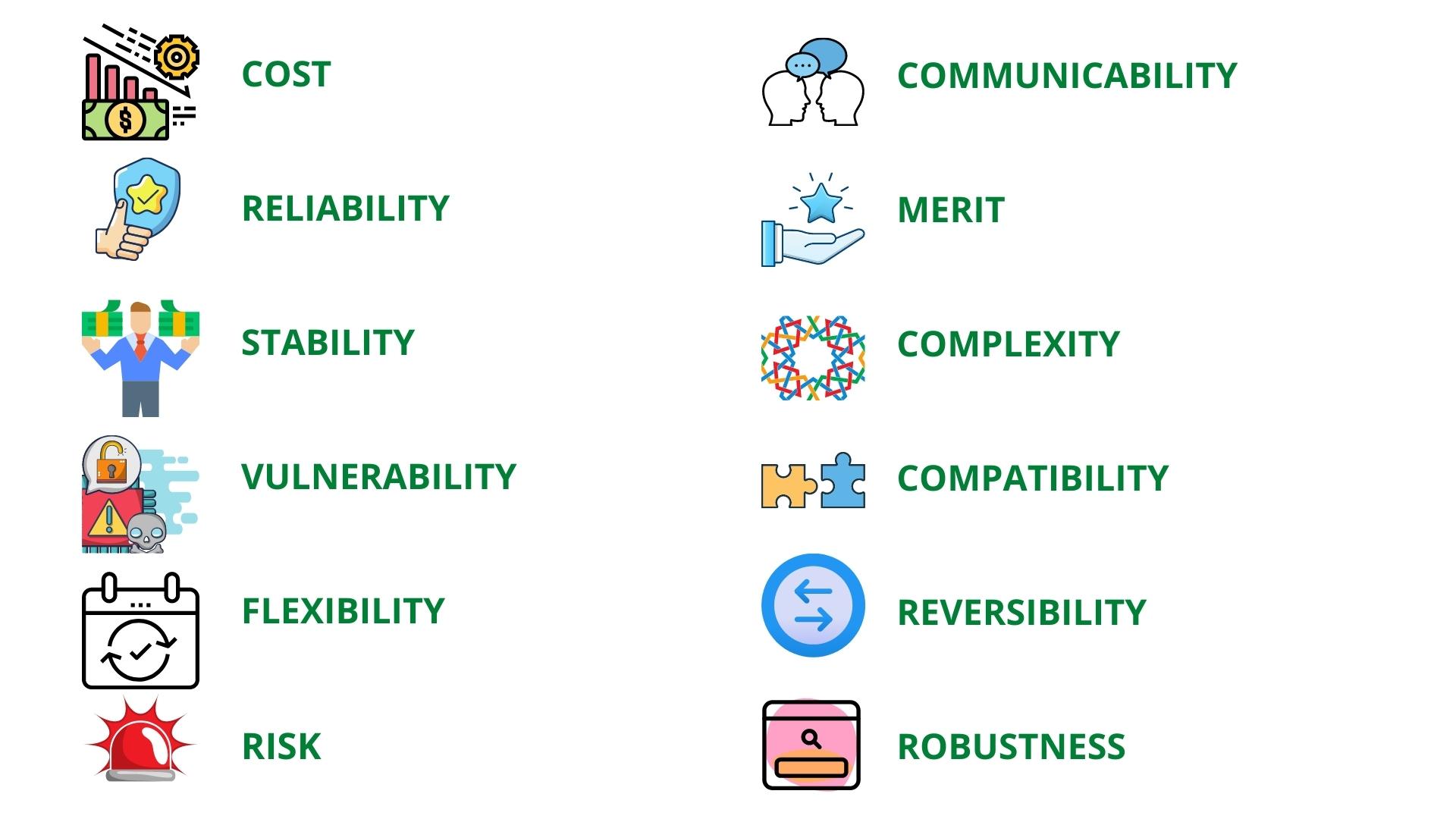Once you have all the information related to the case in your hand, the next step is to analyse the available information and eventually come to recommendations/solutions. This is also the most crucial step for solving a marketing case study. In this chapter, I will give you five steps to follow for marketing case analysis.
Marketing Case Study Analysis
A marketing case study analysis do not have a fixed framework or strategy. However, a structured approach will always help you systematically analyse any marketing case study. Below are the five steps that I will recommend for systematically approaching any marketing case study.

5Cs Analysis (Understanding the environement)
To understand any particular case or issue, you first need to understand all the factors related to it. For this, the simplest way will be to perform a 5Cs Analysis. It is one of the most popular and relevant frameworks for comprehending internal and external environments. It covers the most critical aspects of marketing, and the insights gained can assist in identifying the organisation's core problems and challenges. If you want to learn how to perform a 5Cs Analysis in detail, please refer to this link.
There are also several other frameworks that will help you analyse an organisation's internal and external environment. Let us look below
- PESTEL Framework will help you determine several external factors that might affect the business operations of any organisation.
- SWOT Analysis will give you a comprehensive understanding of both the internal and external factors of a brand/organisation.
- BCG's Growth-share Matrix focuses on how a company has the potential to grow in comparison to the growth in the industry.
Decision Problem
You need to identify the given problem after completely familiarising yourself with the data presented in the case. Typically, you will find one major decision problem that needs to be solved as a solution in any given case. However, you can break this one problem statement into several sub-parts for a more systematic approach.
Evaluation of Alternatives
After identifying the critical problem, you must consider the different (short and long-term) options accessible to the company. In a typical case study, you might find several alternatives to a specific issue.
Once the alternatives are specified, you need to analyse the advantages and disadvantages of each possibility for evaluating them. Below are some of the points you should consider for assessing your alternatives.

Recommendations
Depending on the pros and cons of each alternative, you must finalise the most suitable alternative. As a marketing case study analyser, your job will be to suggest the recommendations of the final options to the organisation.
Depending on the aspect of marketing you are working on, you may implement the relevant marketing frameworks for charting out your recommendations.
Let us look at some of the common marketing frameworks you can refer to for different marketing aspects.
- Segmentation Targeting and Positioning (STP) - US Val's Framework for segmentation; Bull's Eye Framework for targeting, and Perceptual Mapping for positioning.
- Developing Marketing plans - 7P's of Marketing and SOSTAC Framework, among others.
Planning
Once the recommendation part is over, the next question arises about how the company will implement the suggested recommendations. In the shoes of the Consultant/CEO, you will devise an implementation plan of the proposed recommendations of the organisation.
Next steps
Now that you have understood how to analyse a marketing case study, it is time to understand how you can effectively communicate your analysis. There are some key points to remember while answering or presenting a marketing case study. In the next chapter, I will discuss these points and explain how you can present your analysis more effectively in an interview/academic discussion or a corporate case competition.

